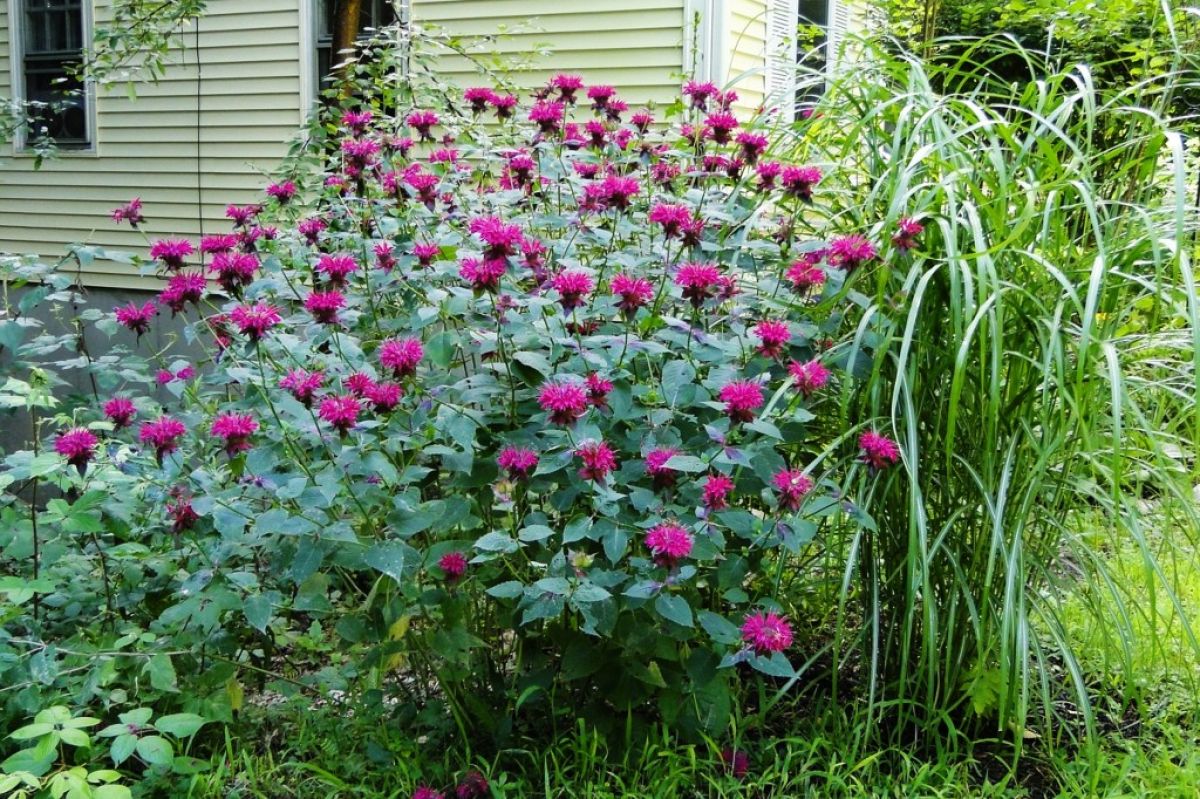
Monarda in a garden bed. (Dustytoes, pixabay)
Perennials are plants that, hopefully, return in our gardens each spring after being dormant during the winter.
Some are more long lived than others, and some are more aggressive growers. For example, Monarda, commonly called bee balm, increases a lot each year, but it is easy to pull out and so can be kept the size you want it.
Other perennials do not increase as much, but many still reliably return for years. All perennials are slower growers than annuals, and they tend to establish their more extensive root systems during their first growing season and then bloom the next. Their permanent network of roots, however, serves them well in subsequent seasons.
Perennial plant roots are able to access more water and nutrients than the roots of annuals, which makes them able to adapt to variations in the weather and to stabilize the soil which prevents erosion.
Perennial plants also help to deter the growth of weeds by crowding them out, shading the soil to prevent weed seed germination, and by hogging the available water with their bigger roots.
Look for perennials on sale to plant this fall, but plant early enough in the fall that they have time to establish their root systems before a freeze. This year I am on the lookout for more perennial salvia, veronica, and dwarf Russian sage since the deer are not partial to them.









